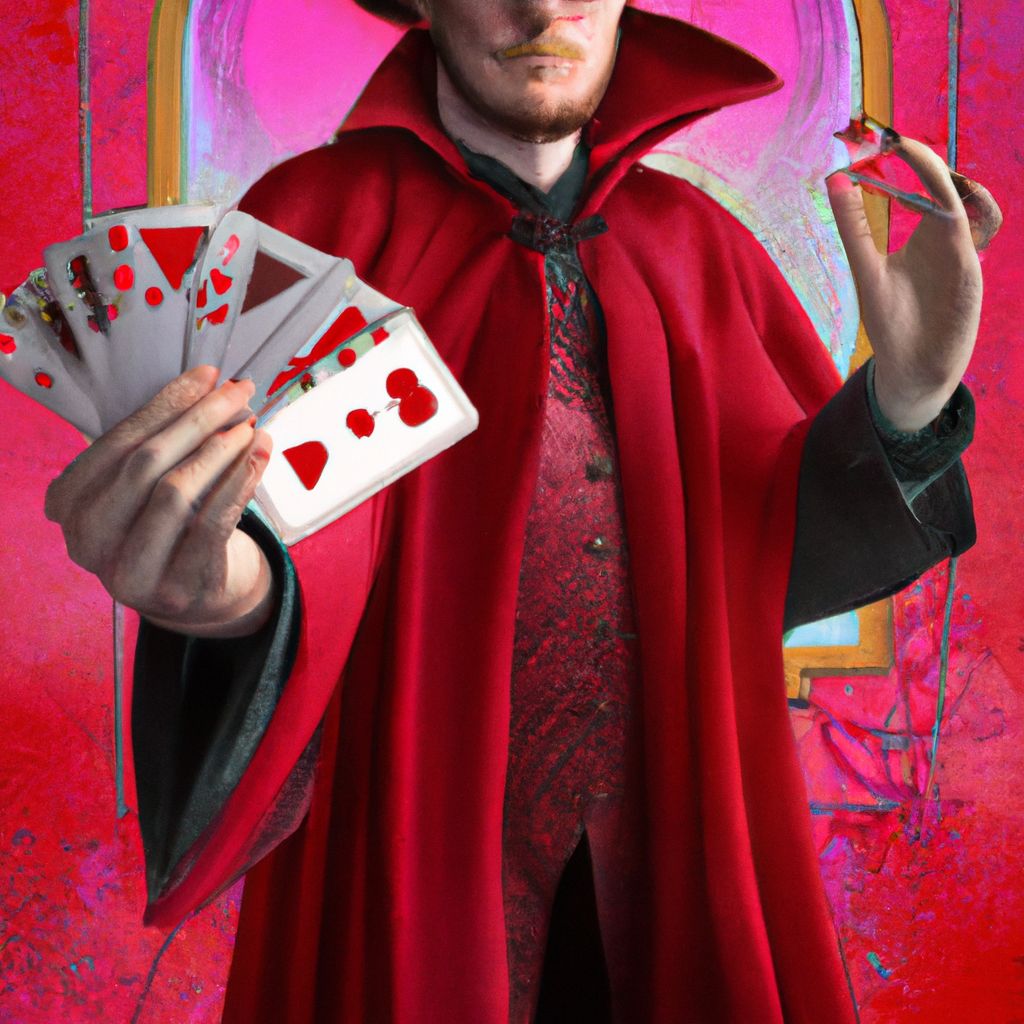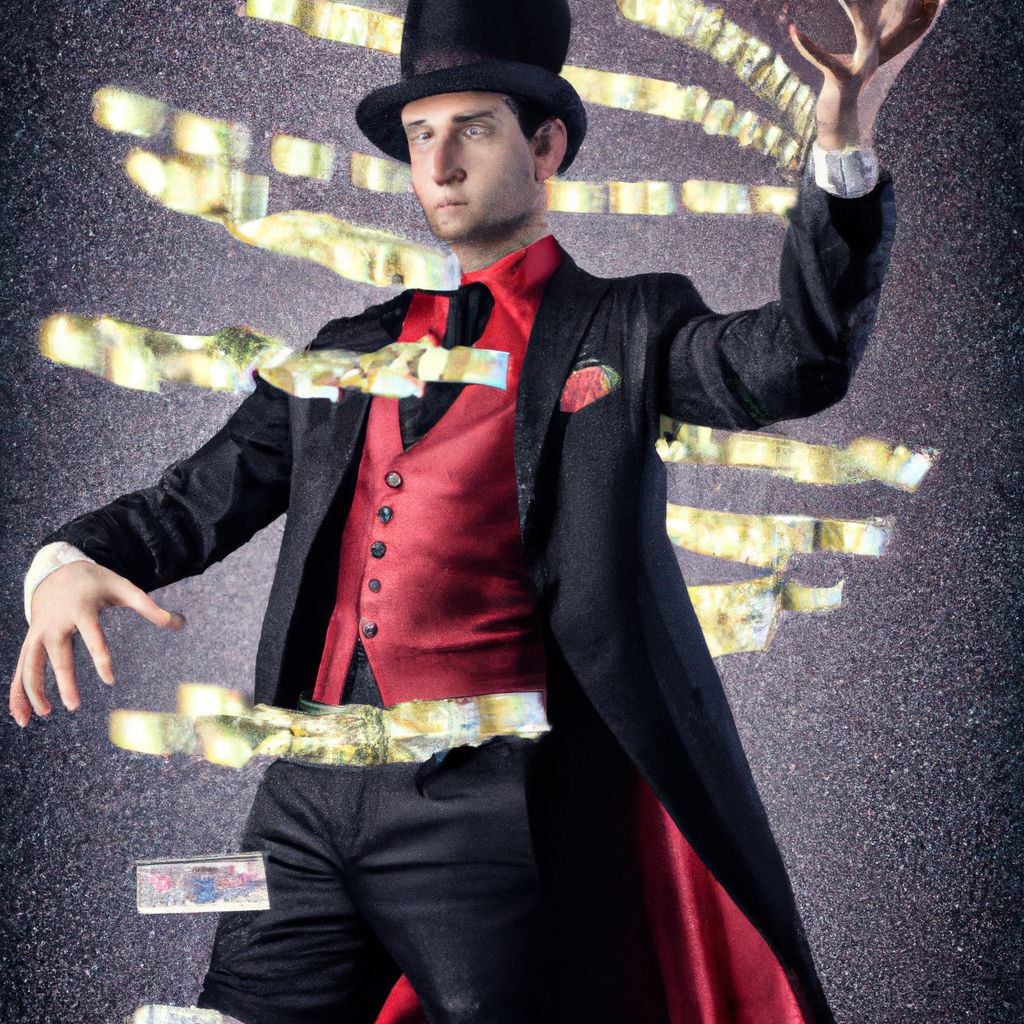- Introduction to Sleight of Hand Magic
- History of Sleight of Hand Magic
- Understanding the Art of Illusion
- Basic Techniques in Sleight of Hand Magic
- Advanced Techniques in Sleight of Hand Magic
- Famous Sleight of Hand Magicians and their Techniques
- Practicing Sleight of Hand Magic: Tips and Tricks
- The Role of Distraction in Sleight of Hand
- Ethics of Sleight of Hand Magic
- The Impact of Sleight of Hand on Modern Magic
- Conclusion: The Future of Sleight of Hand Magic
Introduction to Sleight of Hand Magic
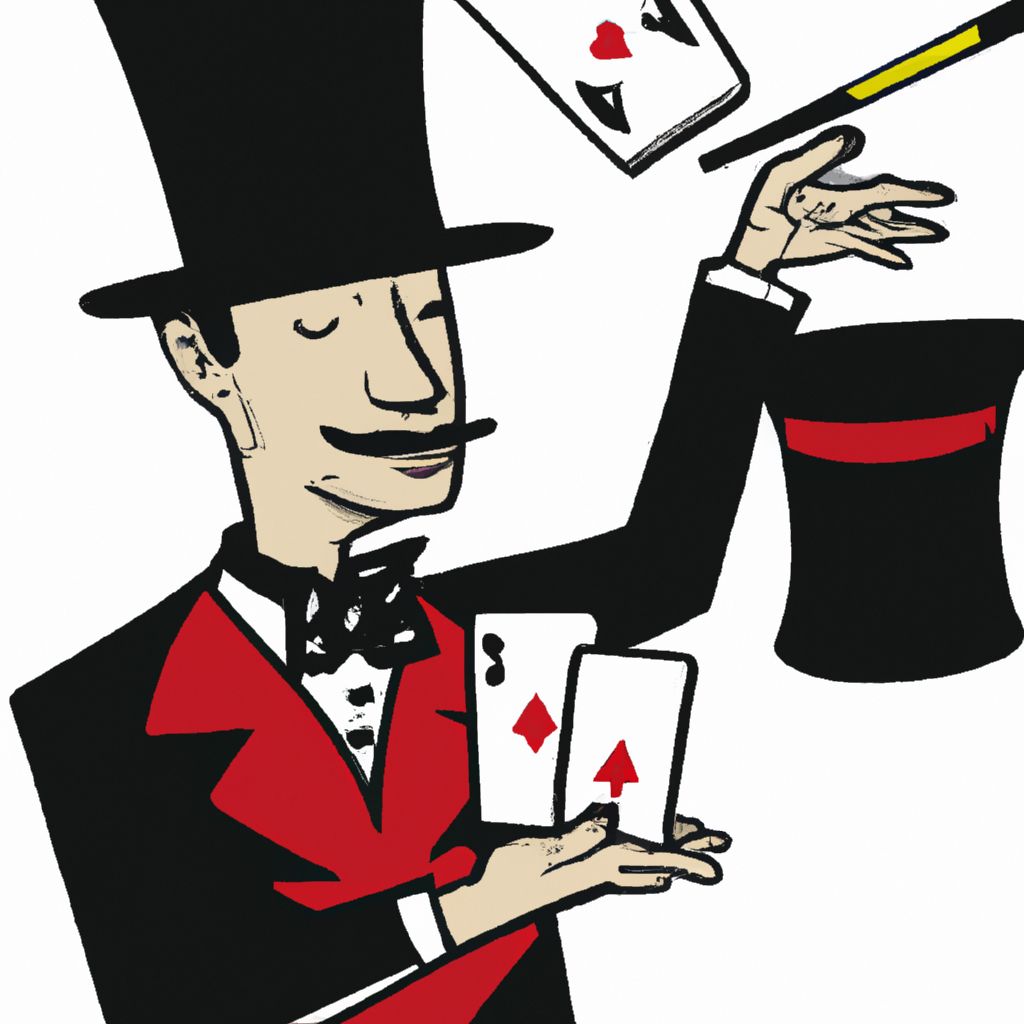
Sleight of Hand Magic, often referred to as prestidigitation or close-up magic, is an enchanting art form that has been practiced for centuries. It is a discipline of magic that involves manipulating objects such as cards, coins, and other small items to create illusions that bewilder and captivate audiences. The term 'sleight of hand' is derived from the old Middle English phrase 'sleighte of hande' which means 'deception of hand'. This art requires dexterity, precision, and meticulous timing.
From the street corners of ancient Rome to the grand stages of Las Vegas, sleight of hand magic has remained an integral part of the magic world. This form of magic relies heavily on misdirection and subtlety rather than large props or special effects. The beauty of sleight of hand magic is that it happens right before the audience's eyes, often in their own hands, making it a deeply engaging and interactive form of entertainment.
The journey towards mastering sleight of hand magic is a rewarding one, filled with discipline, creativity, and constant learning. This article aims to guide you through the basics of this fascinating art form, providing you with knowledge and techniques that will help you understand and learn the art of illusion.
History of Sleight of Hand Magic
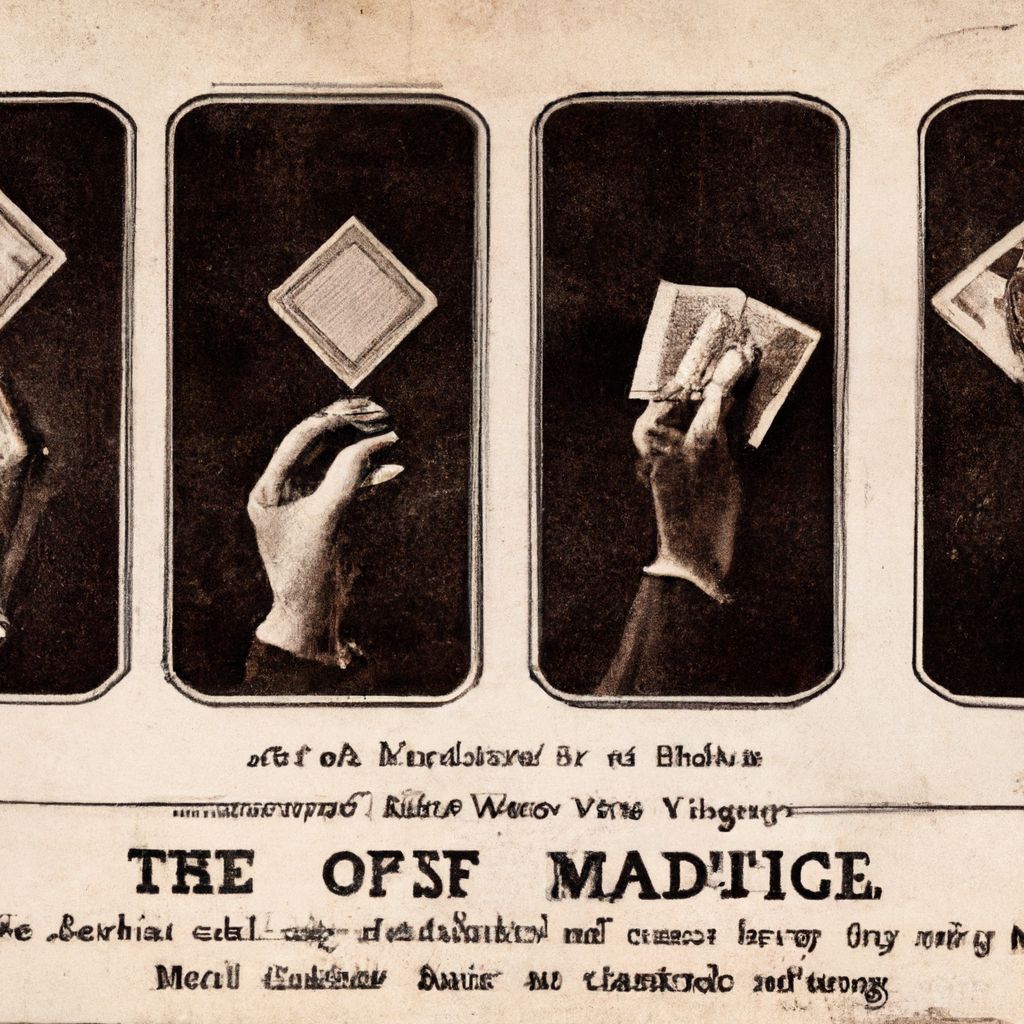
The art of sleight of hand magic has a rich and captivating history that dates back to ancient times. In the Egyptian era, around 2700 BC, sorcerers and magicians were considered important members of the royal court. They were often called upon to perform tricks and illusions to entertain the pharaohs and their guests. Among the tricks they performed were sleights involving cups and balls, a classic routine that still exists in today's magic.
In the Middle Ages, magicians and conjurers roamed through Europe performing sleight of hand tricks at fairs, markets, and on street corners. They were often regarded with a mixture of awe and suspicion due to the predominant belief in witchcraft and sorcery. Despite the danger, these wandering performers kept the art of sleight of hand alive.
The 19th century, often referred to as the 'Golden Age of Magic', brought a significant shift in the world of magic. Renowned magicians like Jean Eugène Robert-Houdin brought magic from the streets to the stage, elevating it to a respected form of entertainment. Robert-Houdin is often credited with introducing the term 'prestidigitation' for sleight of hand magic.
In the 20th century, magicians such as Dai Vernon, known as 'The Professor', revolutionized the art of sleight of hand magic, especially in the realm of card tricks. Their influence continues to shape the world of magic to this day, inspiring new generations of magicians to push the boundaries of what's possible with sleight of hand.
Today, in the age of technology and the internet, sleight of hand magic continues to thrive, reaching audiences worldwide and inspiring a new generation of performers. Despite the changes in society and technology, the essence of sleight of hand magic remains the same: the power to amaze and captivate audiences with nothing more than a skilled hand and a captivating illusion.
Understanding the Art of Illusion
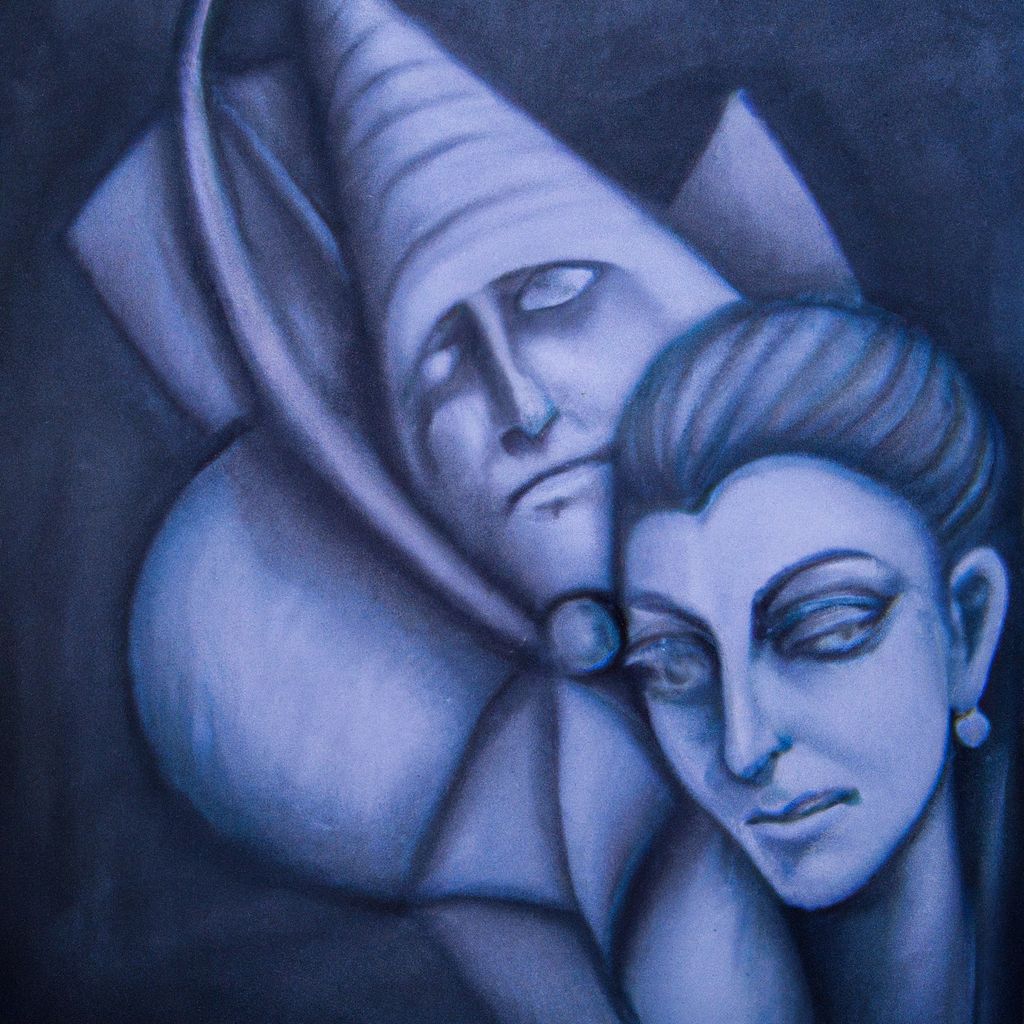
At its core, the art of illusion relies on one fundamental principle: to deceive the senses in a way that defies logic and reality. It is the ability to create a meticulously crafted alternate reality that leaves audiences astounded and questioning their own perceptions. Sleight of hand magic, in particular, uses physical manipulation and psychological misdirection to create these illusions.
Sleight of hand magic is often divided into two main types: manipulation and misdirection. Manipulation refers to the physical skills required to perform the trick, such as palming a card or producing a coin from thin air. Misdirection, on the other hand, is a psychological technique, used to divert the audience’s attention away from the secret move or method. Together, these two elements form the basis of almost all sleight of hand magic.
Understanding the art of illusion also involves understanding the psychology of your audience. A successful magician must be able to read their audience, anticipate their reactions, and guide their attention. It is this deep understanding of human behavior and perception that separates a good magician from a great one.
Furthermore, illusion is an art that goes beyond the mere mechanics of a trick. It requires creativity, storytelling, and showmanship. The same trick can be performed by two magicians, but the one who tells a captivating story and builds a strong emotional connection with the audience will leave a more lasting impression.
Ultimately, the art of illusion is about creating a sense of wonder and disbelief, about challenging our understanding of reality, and reminding us of the joy of experiencing the impossible.
Basic Techniques in Sleight of Hand Magic
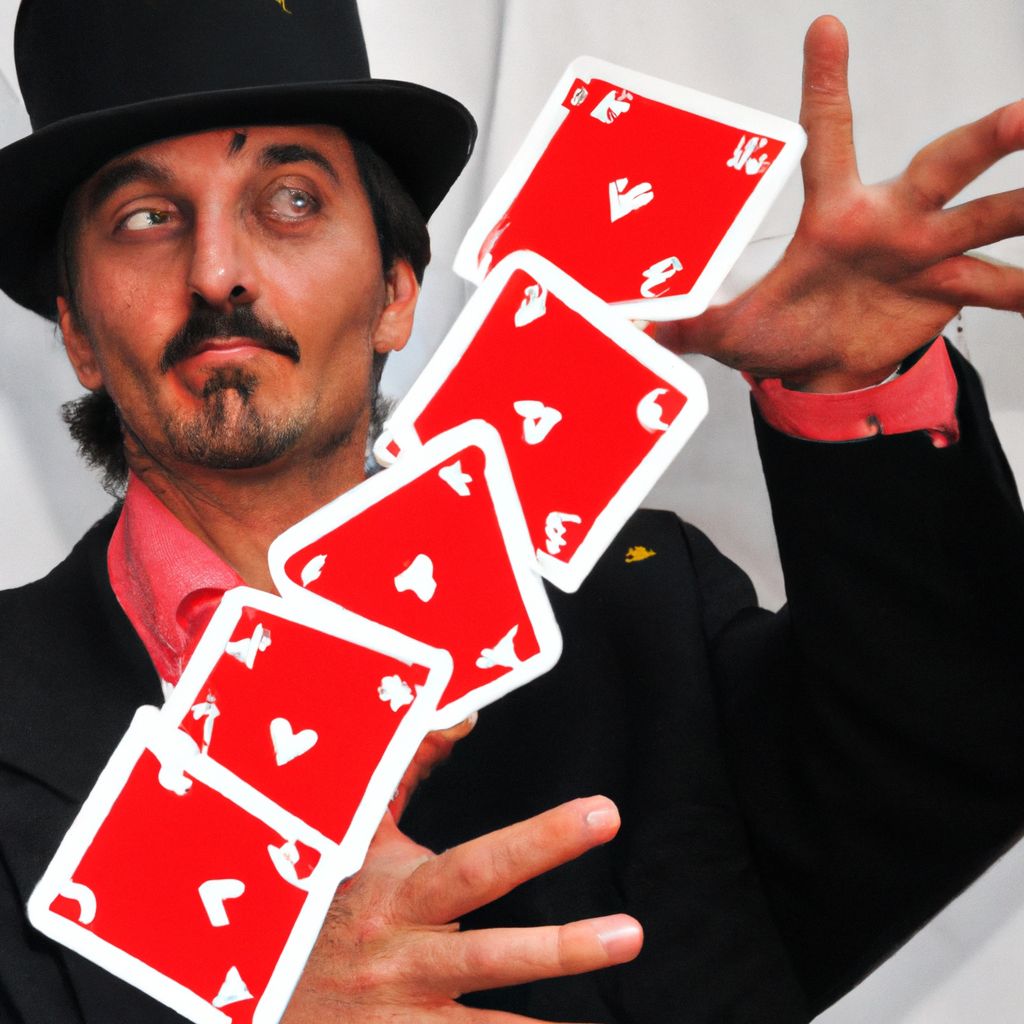
Getting started with sleight of hand magic can be an exciting journey. There are a plethora of techniques to learn, each with its own nuances and applications. Here are some basic techniques that form the foundation of many sleight of hand tricks:
- The Palm: This is one of the first techniques that many magicians learn. Palming involves holding an object in such a way that it appears to be vanished. It's commonly used with coins and cards but can be adapted for other objects as well.
- The Double Lift: A staple in card magic, the double lift involves turning over two cards as if they were one. When done smoothly, it can create the illusion of changing a card instantaneously.
- The French Drop: This classic coin vanish involves pretending to transfer a coin from one hand to the other, while actually retaining it in the original hand. It's a great introduction to coin magic and the concept of misdirection.
- The False Shuffle: This technique allows a magician to maintain the order of a deck of cards while appearing to shuffle them thoroughly. There are many variations, each with their own level of complexity and deception.
- The Classic Pass: Considered one of the most versatile moves in card magic, the classic pass allows a magician to control a card or group of cards to any position in the deck without detection.
These techniques are just the tip of the iceberg when it comes to sleight of hand magic. Each one requires practice and refinement to be performed smoothly and invisibly. Remember, the key to successful magic is not just in the techniques, but also in the presentation and the ability to engage and mystify your audience.
Advanced Techniques in Sleight of Hand Magic
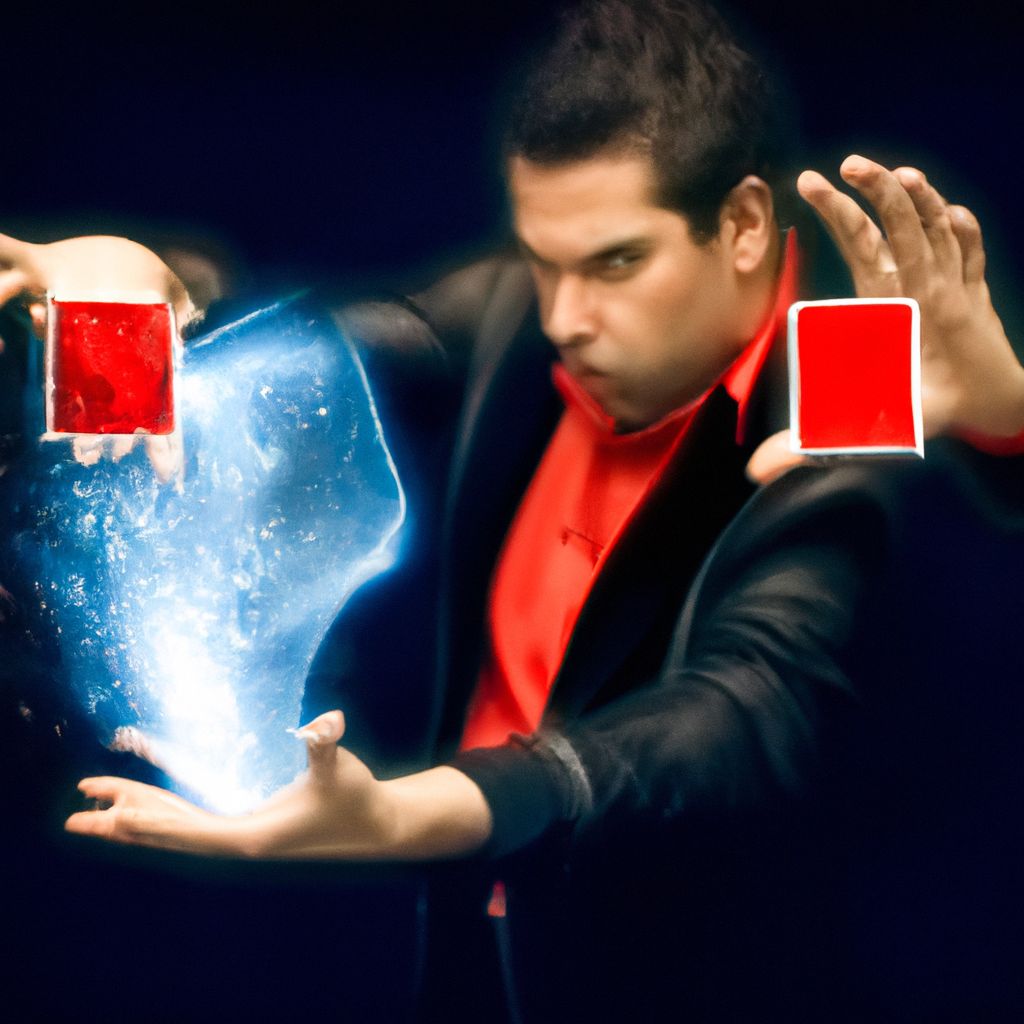
Once you've mastered the basic techniques in sleight of hand magic, you may be ready to explore some more advanced techniques. These techniques require a higher level of skill and dexterity, but they open up a whole new world of possibilities for creating captivating illusions. Here are a few advanced techniques:
- Color Changes: These are techniques used in card magic to change the face of a playing card in various visually striking ways. Examples include the Erdnase Change, the Houdini Change, and the Snap Change.
- Advanced Coin Vanishes: Beyond the French Drop, there are various other methods to make a coin disappear. Techniques such as the Retention Vanish and the Backpalm Vanish can provide even more deceptive and impressive vanishes.
- False Deals: These are techniques used to secretly deal cards from unexpected positions in the deck - for example, dealing the second card instead of the top card (Second Dealing), or dealing the bottom card (Bottom Dealing).
- Card Controls: These are methods used to secretly move a selected card to a desired position in the deck. Advanced controls include techniques like the Classic Pass, the Hermann Pass, and the Diagonal Palm Shift.
- Sleights with Larger Objects: While many sleights are designed for small objects like cards and coins, there are also techniques for larger objects. These can include sleights for balls, cups, and even live animals.
Remember, these advanced techniques require a significant amount of practice to perform smoothly and confidently. As with any skill, the key is consistent and focused practice. With time and dedication, you'll be able to add these advanced techniques to your magic repertoire and create even more impressive illusions.
Famous Sleight of Hand Magicians and their Techniques
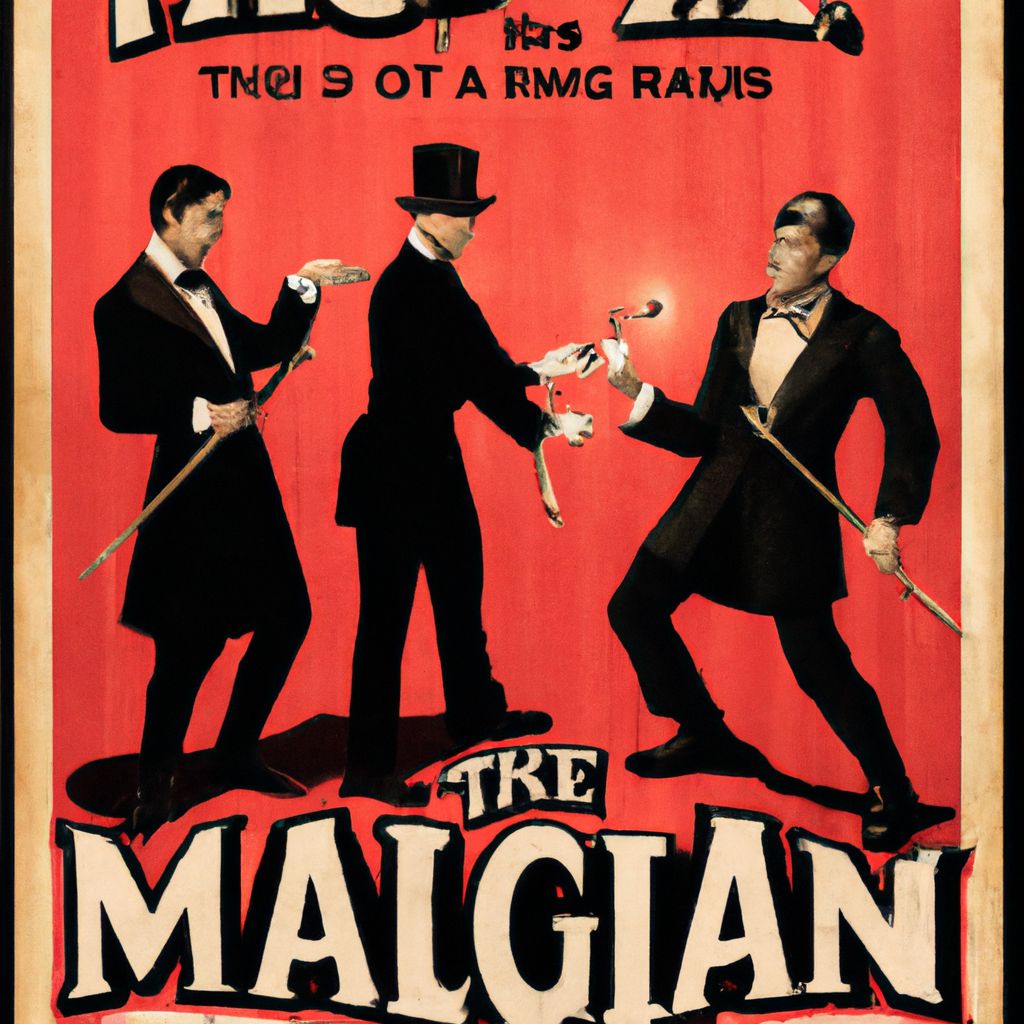
The world of sleight of hand magic has been graced by many talented performers who have left their mark through their unique skills and signature techniques. These magicians have not only entertained audiences with their performances but have also contributed significantly to the art form by developing new techniques and inspiring future generations of magicians. Here are a few such notable performers:
- Harry Houdini: Known as 'The Handcuff King', Houdini is perhaps one of the most famous magicians in history. While he is best known for his escape acts, Houdini was also a master of sleight of hand, especially with cards. He was known for his meticulous attention to detail and his relentless pursuit of perfection.
- Dai Vernon: Often referred to as 'The Professor', Dai Vernon is considered one of the most influential magicians of the 20th century. He specialized in close-up magic and was especially known for his innovative card techniques, including his rendition of the Cups and Balls trick.
- Jean Eugène Robert-Houdin: Known as the 'Father of Modern Magic', Robert-Houdin brought magic from the streets into the theatre. He was a skilled sleight of hand artist and is credited with inventing many magic effects that are still used today.
- David Blaine: Known for his street magic and endurance feats, David Blaine brought close-up magic to the mainstream in the late 1990s. His simple yet powerful style of presentation has made him one of the most recognizable figures in modern magic.
- Derren Brown: A master of psychological illusion, Derren Brown combines sleight of hand techniques with psychological manipulation to create mind-bending performances. His work often blurs the line between magic and psychological science.
These magicians, among many others, have shaped the world of sleight of hand magic and continue to inspire new generations of performers. Their techniques and styles serve as a rich resource for anyone interested in learning the art of illusion.
Practicing Sleight of Hand Magic: Tips and Tricks
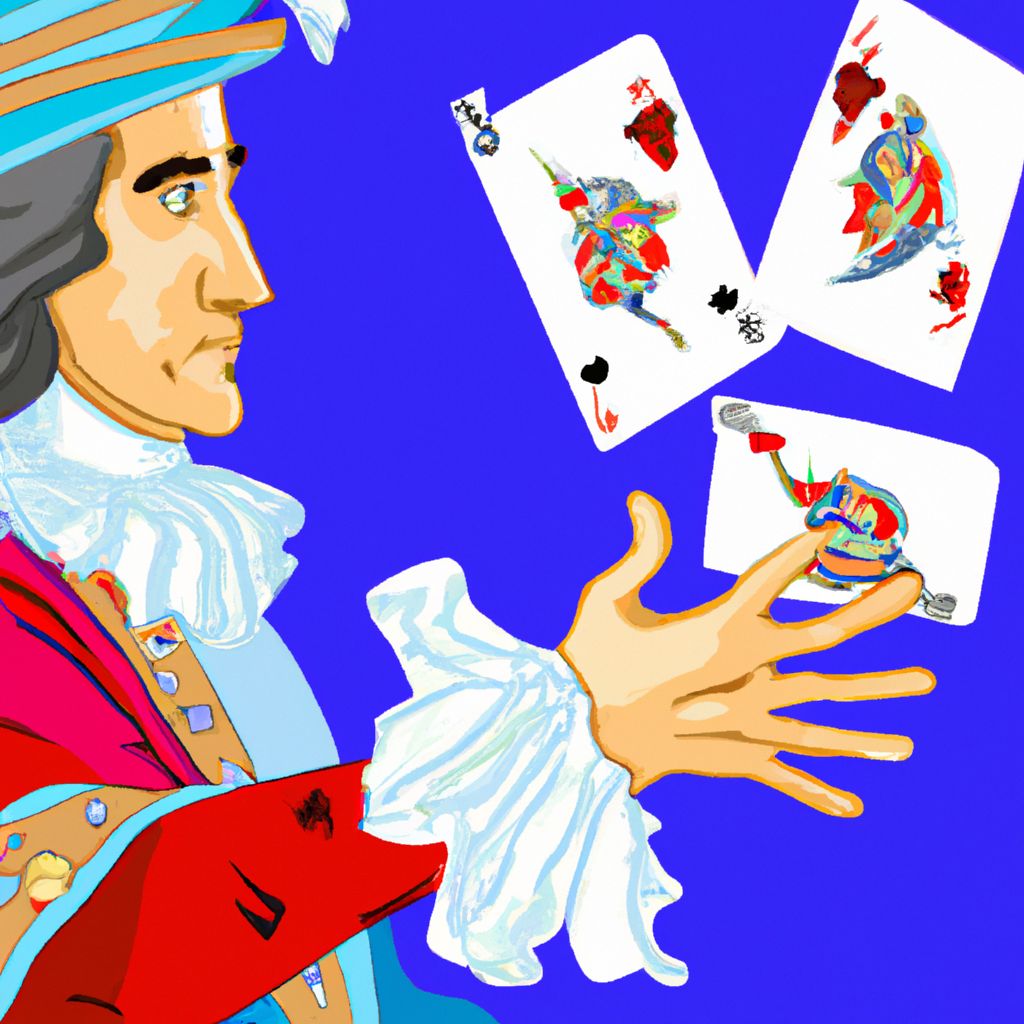
Practicing sleight of hand magic can be a rewarding yet challenging journey. It requires patience, discipline, and a lot of practice. Here are some tips and tricks to help you along the way:
- Start with the Basics: Before jumping into complex techniques, make sure you have a solid grasp of the basics. Skills like palming, the French drop, and the double lift form the foundation for many advanced techniques.
- Quality over Quantity: It's better to practice a few tricks well than to practice many tricks poorly. Focus on mastering one technique at a time before moving on to the next.
- Slow and Steady: Practice your moves slowly at first, focusing on smoothness and precision. Speed can come later. Remember, a slow but smooth sleight is often more deceptive than a fast but sloppy one.
- Use a Mirror: Practicing in front of a mirror can help you see what your audience sees, helping you spot any visible mistakes or tells in your performance.
- Record Yourself: Video recording your practice sessions can be a great way to critique your own performances and track your progress over time.
- Practice Misdirection: Sleight of hand isn't just about the hands; it's also about controlling your audience's attention. Practice your patter and your timing to ensure that your misdirection is effective.
- Perform for Others: Practicing alone is important, but performing for others is where the real learning happens. The feedback you receive from real audiences is invaluable in improving your performances.
Remember, the key to mastering sleight of hand magic is consistent and focused practice. With time, patience, and persistence, you can develop the skills needed to create captivating illusions and amaze your audiences.
The Role of Distraction in Sleight of Hand
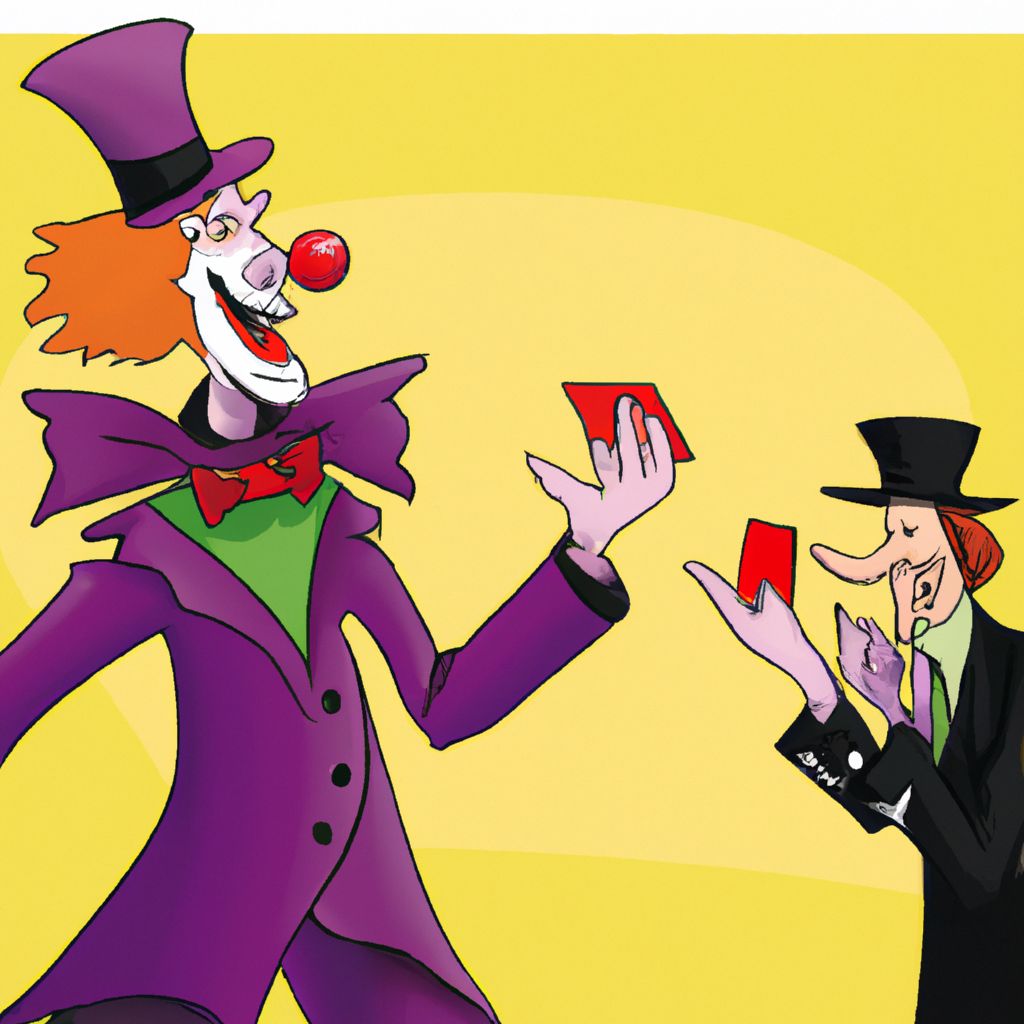
Distraction, also known as misdirection, plays a crucial role in the art of sleight of hand magic. It is a psychological technique used by magicians to control the audience's attention and divert it away from the secret moves or methods. The power of distraction in sleight of hand can never be underestimated as it is what allows the magic to happen.
There are many ways to create misdirection, including the use of patter (the story or script the magician uses during a trick), body language, eye contact, and timing. A magician might tell a joke or an engaging story to distract the audience's attention, or they might make a sudden gesture or pause to draw the eyes away from their hands at a critical moment.
In addition to these active forms of misdirection, there are also more subtle, passive forms of distraction. For example, a magician might use the natural limitations of human perception to their advantage. Our brains can only process a limited amount of information at a time, and by overwhelming the senses with information, a magician can make it easier to perform a sleight without detection.
However, effective distraction requires more than just diverting attention; it also involves controlling and guiding attention. A skilled magician knows when to draw attention to their hands and when to divert it away. It's a delicate dance of focus and diversion that gives sleight of hand its power to amaze and bewilder.
Ultimately, the art of distraction in sleight of hand is about more than just deception. It's about creating a captivating performance that engages and entertains the audience, making them a willing participant in the magic.
Ethics of Sleight of Hand Magic
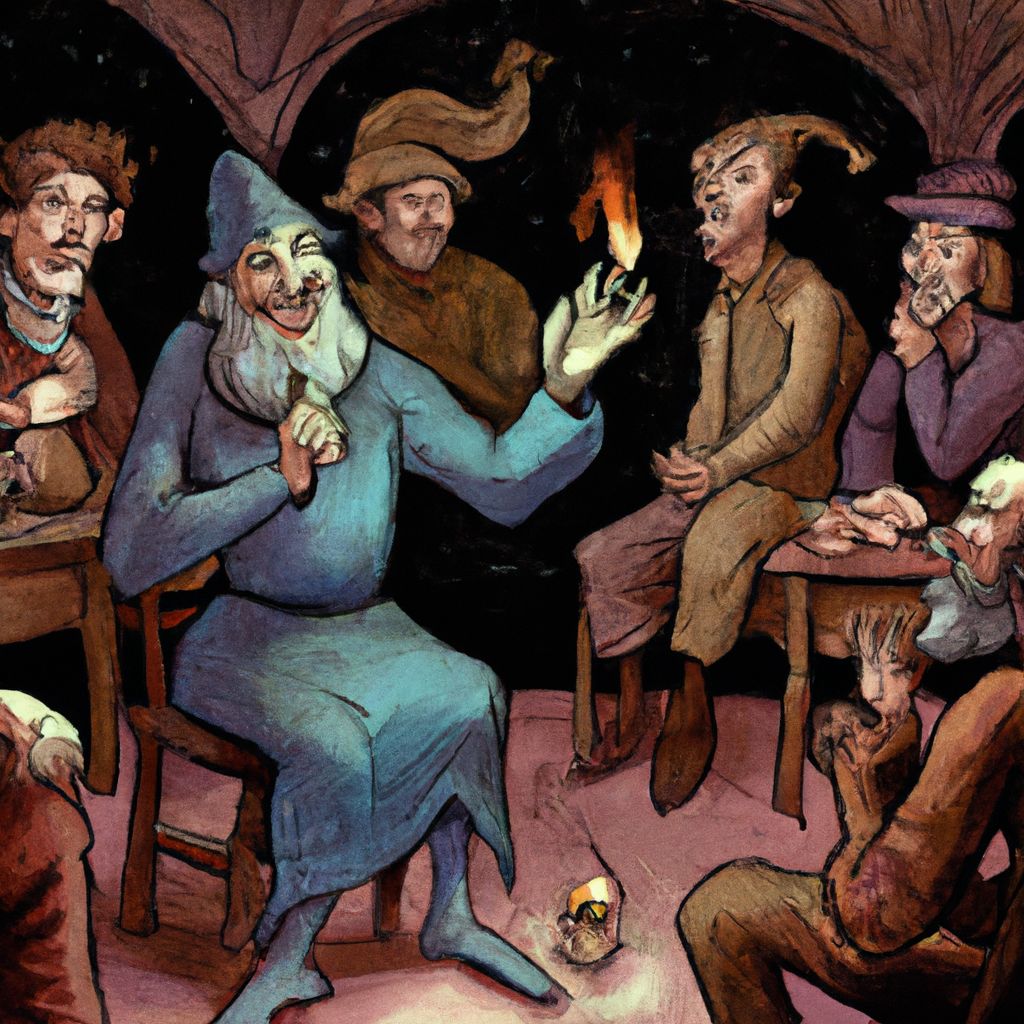
The art of sleight of hand magic, like any form of performance, comes with its own set of ethical considerations. While the primary goal of magic is to entertain and amaze, it's important that this is achieved in a way that respects the audience and the art form itself. Here are a few key ethical principles that guide the practice of sleight of hand magic:
- Respect for the Audience: The audience's trust and willing suspension of disbelief are crucial to the magic experience. This trust should not be abused. Tricks should not be used to embarrass, harm, or take advantage of audience members.
- Respect for the Art: Magic is an art form with a rich history and tradition. Magicians should strive to uphold the dignity and integrity of this art form, which includes respecting the original creators of tricks and not revealing secrets to non-magicians without permission.
- Respect for Other Magicians: Magic is also a community. Magicians should support and respect each other, which includes not exposing another magician's secrets or performing another magician's original routine without permission.
- Honesty in Deception: While magic involves deception, it should be an honest deception. The audience should know they are watching a magic performance and not a demonstration of supernatural powers. Any claims made outside the context of the performance should be truthful.
Overall, the ethics of sleight of hand magic revolve around respect and honesty. While the goal is to create illusions that deceive the senses, it should always be done in a way that respects the audience, the art form, and the community of magicians.
The Impact of Sleight of Hand on Modern Magic
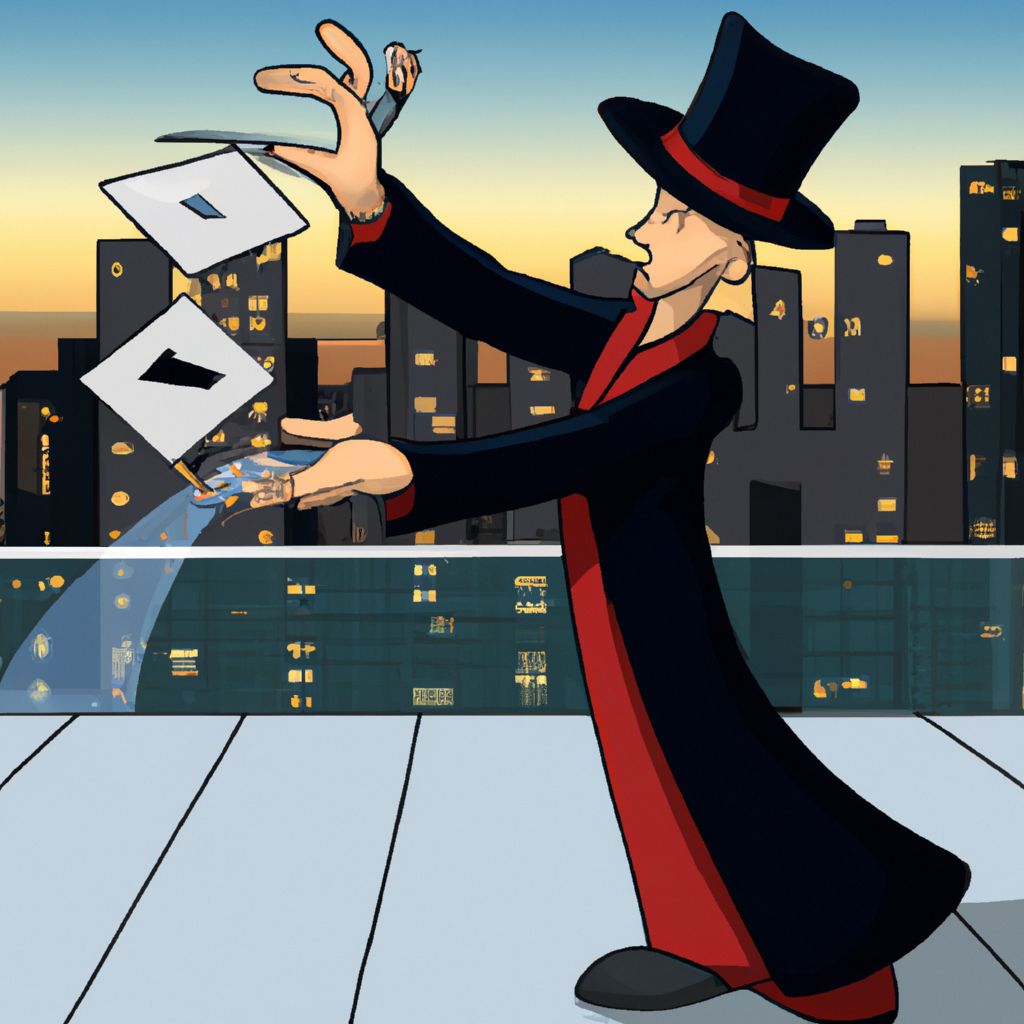
Sleight of hand has had a profound impact on modern magic, shaping it into the captivating art form that it is today. Its influence can be seen in virtually every aspect of magic, from close-up card tricks to grand stage illusions. Here's a closer look at how sleight of hand has influenced modern magic:
Innovation and Variety: The techniques developed through sleight of hand have led to a vast array of magic tricks and routines. These range from simple coin vanishes and card transformations to complex routines involving multiple sleights and props. This variety keeps magic fresh and engaging for audiences.
Close-Up Magic: Sleight of hand is the cornerstone of close-up magic, a genre of magic performed in an intimate setting usually within a few feet of the audience. It has popularized magic that can be performed impromptu with everyday objects, making magic more accessible and relatable.
Psychological Techniques: Sleight of hand has also contributed to the development of psychological techniques in magic, such as misdirection and patter. These techniques allow magicians to control and guide the audience's attention, adding depth to the magic performance.
Performing Style: Sleight of hand has influenced the performing style of many modern magicians. It has encouraged the development of a more interactive and conversational style, where the magician engages directly with the audience, making them a part of the magic.
Influence on Other Arts: The principles and techniques of sleight of hand have also found their way into other performance arts, such as juggling, mime, and even certain styles of dance and theater.
In conclusion, sleight of hand has been instrumental in shaping the landscape of modern magic. Its influence continues to be felt today, as new generations of magicians push the boundaries of what's possible with a simple deck of cards, a few coins, or even just their bare hands.
Conclusion: The Future of Sleight of Hand Magic
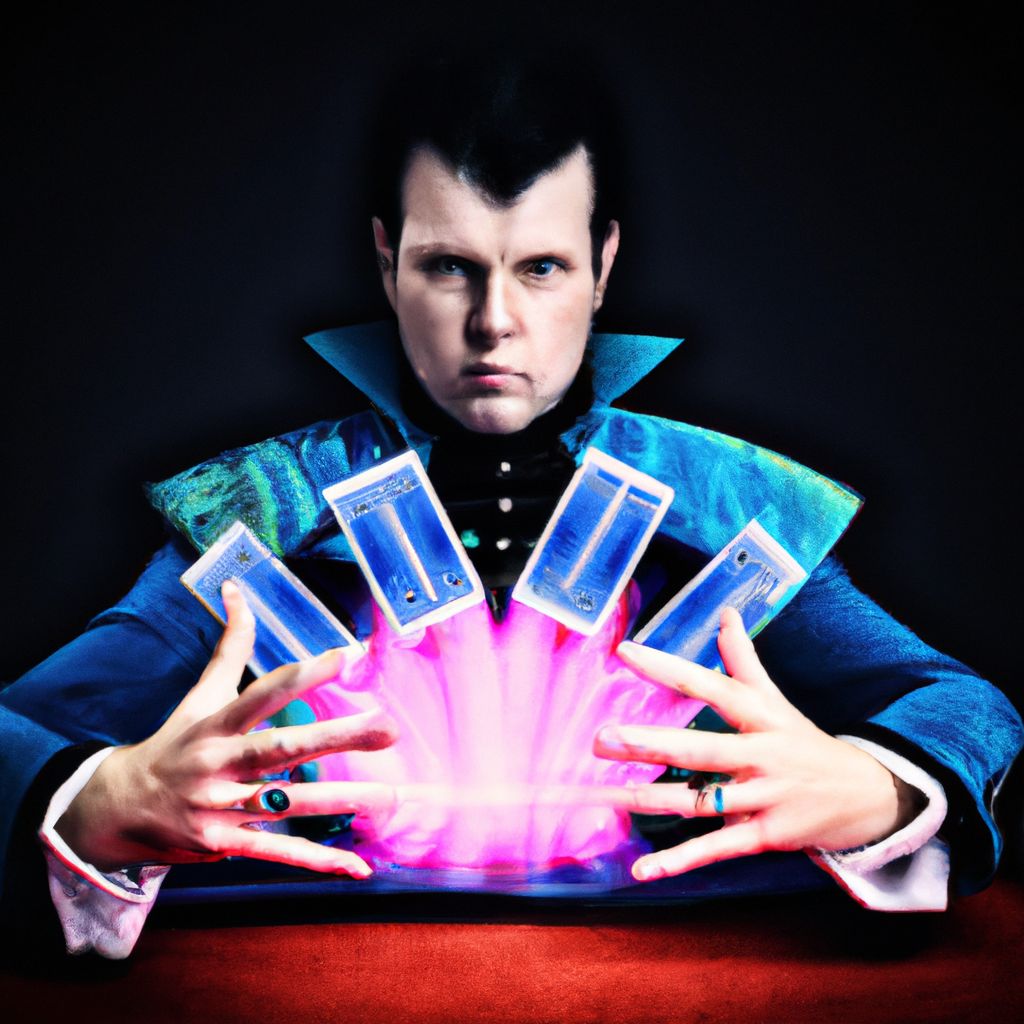
The future of sleight of hand magic is undoubtedly bright. As we look forward, we can expect this timeless art to continue to evolve, shaped by new technologies, changing societal norms, and the endless creativity of magicians.
With the advent of the digital age, sleight of hand magic has found new platforms and audiences. The rise of social media and video sharing platforms has made it possible for magicians to reach millions of people worldwide, pushing the boundaries of what's possible with sleight of hand. Virtual reality and augmented reality technologies also open up exciting new possibilities for interactive magic experiences.
However, despite these advances, the core essence of sleight of hand magic remains unchanged. The thrill of seeing an impossible feat happen right before your eyes, the intimate connection between the magician and the audience, and the pure joy of experiencing the unexpected - these are timeless qualities that will continue to define sleight of hand magic.
As you embark on your journey to learn and master sleight of hand, remember that magic is more than just tricks and techniques. It's about creating moments of wonder and astonishment that can touch people's hearts and minds. Whether you aspire to perform for millions or just for a few friends, the art of sleight of hand magic offers a world of possibilities to create unforgettable experiences. Enjoy the journey!


